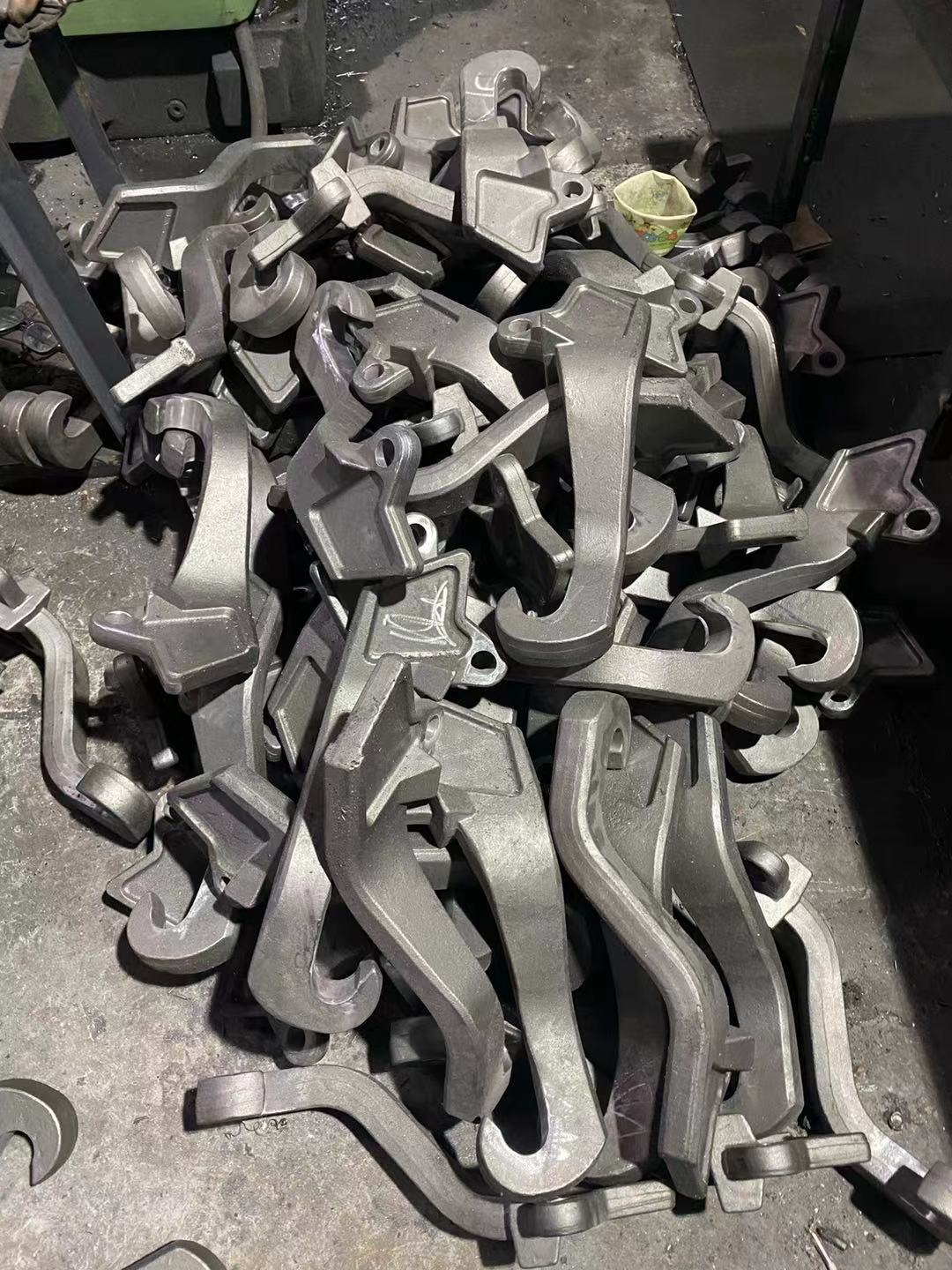Process characteristics of forging production
2022-07-15
Forgings are molded into the required metal structure by forging, which can improve the metal properties (tighten the internal structure). Forgings are usually after hot forging, the original cast loose, pores, micro-cracks and so on are compacted, the steel dendritic crystals are broken, so that the grains become fine. At the same time, the original carbide segregation and uneven distribution were changed to make the microstructure uniform. Forgings are characterized by forging internal dense, uniform, fine, good comprehensive performance, the use of reliable forgings (workpiece).
The production process of forgings is to make the metal plastic flow and make the required shape of the workpiece. The volume of metal is constant after plastic flow caused by external force, and the metal always flows to the part with small resistance. In forging, the shape of forgings is often controlled according to these rules, and the rough shape of forgings is forged by upsetting, drawing, reaming, bending, drawing and other deformation methods. Large batch of forgings to make the size of accurate, conducive to the organization of mass production, can be applied to the mold forming method, the organization of professional mass production or mass production.
The production process of forgings is to make the metal plastic flow and make the required shape of the workpiece. The volume of metal is constant after plastic flow caused by external force, and the metal always flows to the part with small resistance. In forging, the shape of forgings is often controlled according to these rules, and the rough shape of forgings is forged by upsetting, drawing, reaming, bending, drawing and other deformation methods. Large batch of forgings to make the size of accurate, conducive to the organization of mass production, can be applied to the mold forming method, the organization of professional mass production or mass production.
The forging process includes blanking, heating and pretreatment before forming. After forming, the forgings are processed by the lathe to cut the margin, and the properties of the forgings are improved through the heat treatment. After finishing cutting, the shape of the forgings meets the requirements of the drawings. After surface treatment and packaging, it can be shipped.

X
We use cookies to offer you a better browsing experience, analyze site traffic and personalize content. By using this site, you agree to our use of cookies.
Privacy Policy



